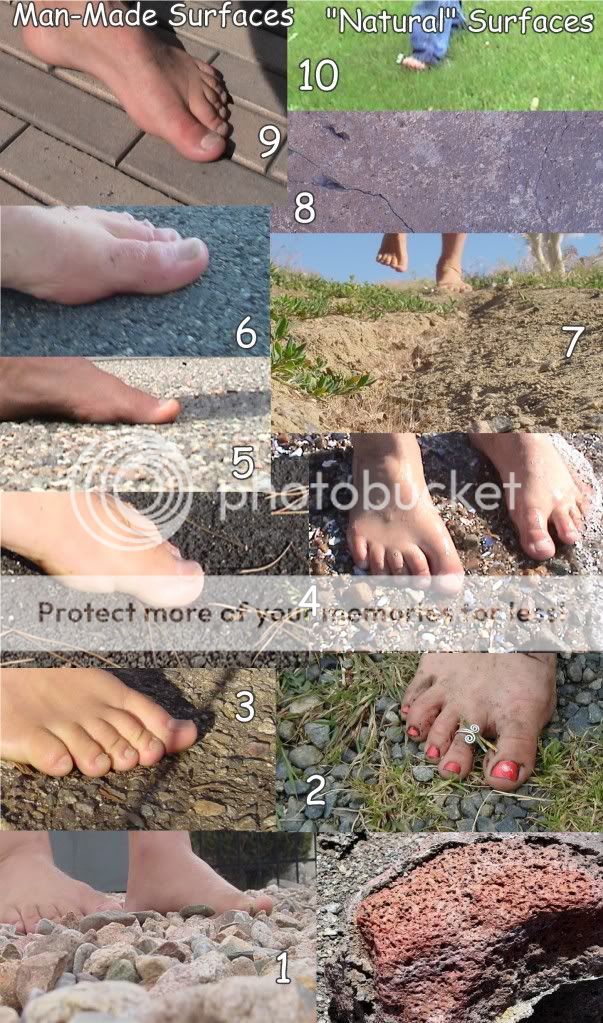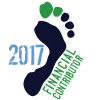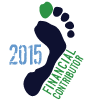Running barefoot adds an additional, highly subjective criteria to any attempt at describing our training routes or races. What is rough? Well, the answer will deviate wildly, if answered by an road-hardened barefoot distance runner, or newly recruited convert just starting to run around the block.
This is a problem also known in the sandpaper business ;-) There exists a scale or roughness that incorporates everything from a mirror finish to extremely coarse, gritty surfaces. Here the notion of "Grit" distinguishes the amount of asperity presented by any given surface.
So this leads to my question: does anyone know of a universal way of describing road (or indeed any running) surfaces in such a way that any barefoot runner can guage the absolute roughness he or she will be encountering? Rather than some semi-abstract notion of "grit" it would be helpful to have examples for each grade of roughness. Indeed, one would also have to refer to major types of road surfacing material - ie macadam, asphalt, concrete, gravel, sand, packed dirt, grass, etc.
Your thoughts on this would be extremely useful for those of us who would like to encourage potential barefoot runners to try out appropriate routes in precise locations (Paris, France, in my case).
Should be a fun summer project, and maybe for some, a blog-worthy subject!
Christian "Barefooteur"
This is a problem also known in the sandpaper business ;-) There exists a scale or roughness that incorporates everything from a mirror finish to extremely coarse, gritty surfaces. Here the notion of "Grit" distinguishes the amount of asperity presented by any given surface.
So this leads to my question: does anyone know of a universal way of describing road (or indeed any running) surfaces in such a way that any barefoot runner can guage the absolute roughness he or she will be encountering? Rather than some semi-abstract notion of "grit" it would be helpful to have examples for each grade of roughness. Indeed, one would also have to refer to major types of road surfacing material - ie macadam, asphalt, concrete, gravel, sand, packed dirt, grass, etc.
Your thoughts on this would be extremely useful for those of us who would like to encourage potential barefoot runners to try out appropriate routes in precise locations (Paris, France, in my case).
Should be a fun summer project, and maybe for some, a blog-worthy subject!
Christian "Barefooteur"























